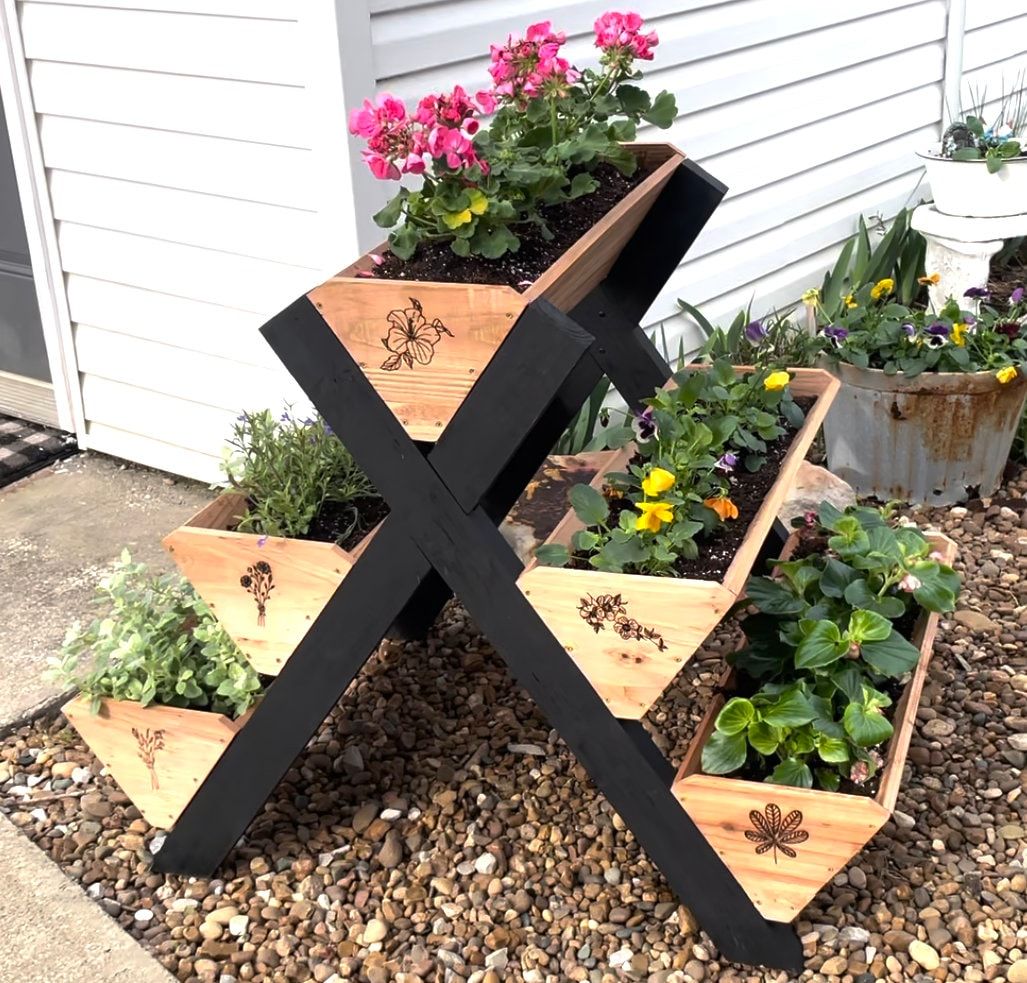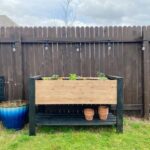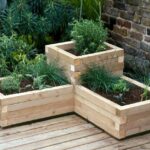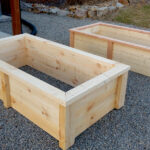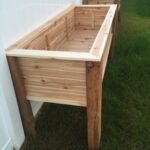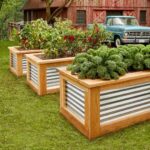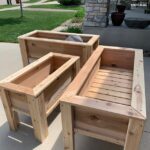If you’re looking to add some greenery and beauty to your outdoor space, creating your own garden planter can be a fun and rewarding project. With a little bit of planning and creativity, you can easily build a custom planter box that perfectly fits your needs and style. Here are some tips and ideas to help you get started on your garden planter plans.
Before you begin building your garden planter, it’s important to determine the size and shape of the planter box. Consider the space where you plan to place the planter and the types of plants you want to grow. If you have limited space, you may want to opt for a smaller, more compact planter. If you have a larger area to work with, you can get creative with the size and shape of your planter.
Once you have decided on the size and shape of your planter, it’s time to choose the materials. Wood is a popular choice for garden planters due to its durability and natural look. Cedar, redwood, and teak are all great options for outdoor use as they are weather-resistant and rot-resistant. Alternatively, you can also use PVC, metal, or even concrete for a more modern and durable planter.
After you have chosen the materials, you’ll need to gather the necessary tools and equipment to build your planter. Depending on the complexity of your design, you may need a saw, drill, screws, and nails. Make sure to measure and cut your materials accurately to ensure a perfect fit for your planter box. If you’re not confident in your DIY skills, you can also purchase pre-made planter boxes or kits for an easier and quicker option.
Once you have all your materials and tools ready, it’s time to start assembling your planter box. Follow your garden planter plans carefully, making sure to attach the sides, bottom, and any additional features securely. If you’re using wood, consider sealing or treating the material to protect it from the elements. You can also add a liner to prevent water damage and help retain moisture for your plants.
Once your garden planter is built, it’s time to fill it with soil and start planting. Consider the types of plants you want to grow and their specific requirements for sunlight, water, and soil. You can also get creative with the arrangement of plants and colors to create a beautiful and unique display. With a little care and maintenance, your DIY garden planter will become a stunning focal point in your outdoor space.
